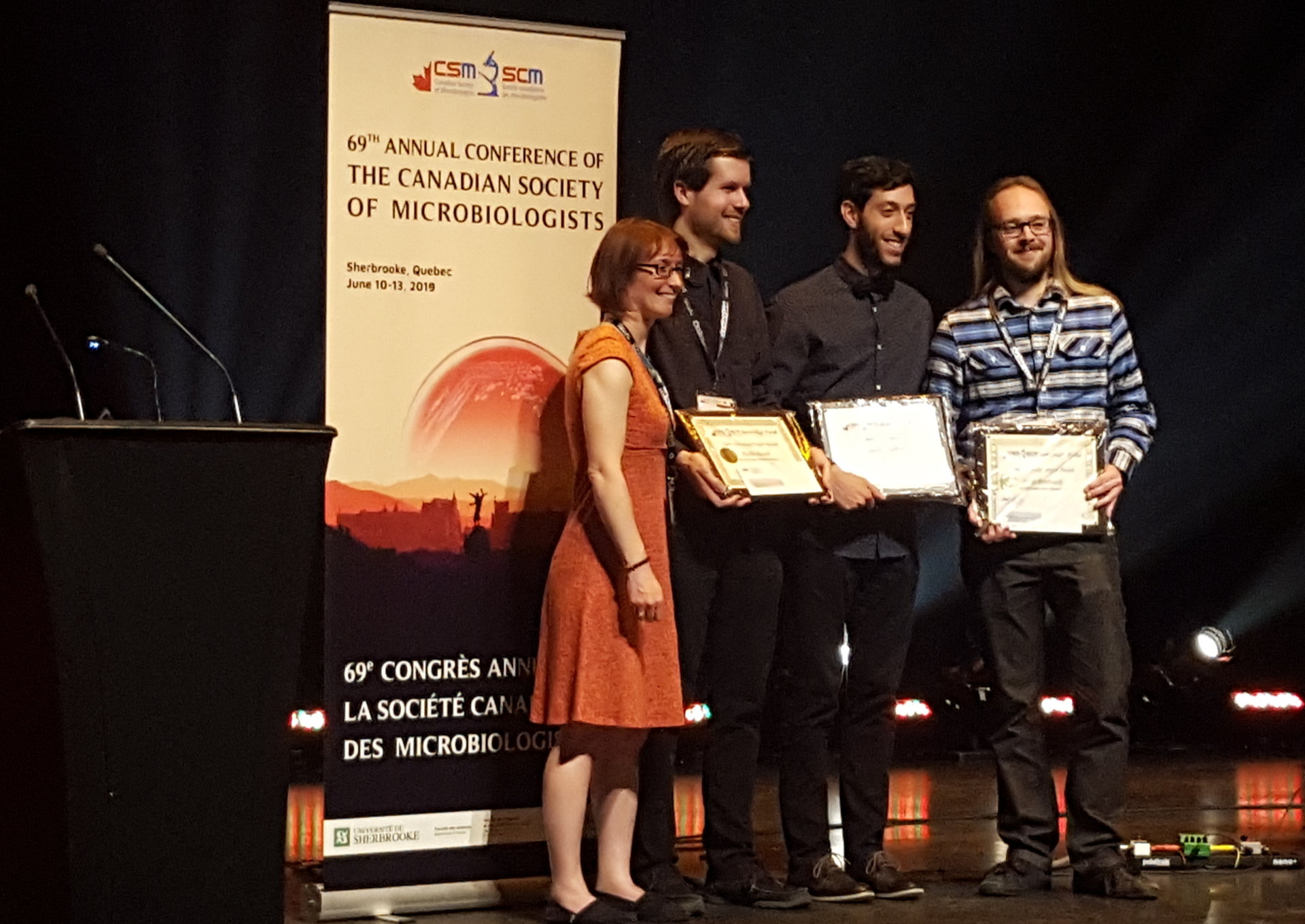
Genomic islands in bacteria aid in the spread of resistance, virulence, and antiviral mechanisms, but their small size and genetic diversity make classification challenging. Predicting the mobility of GIs is crucial, especially in the present crisis of multidrug resistance. In a new article published in Nucleic Acids Research, we propose a method for the comprehensive classification of GIs based on their mobility profile. We can then analyze their gene cargo using this approach. We based our classification decision scheme on a collection of mobility protein motif definitions available in publicly accessible databases. This research serves as a starting point for improving our understanding of mobile genetic elements in bacterial genomes and how they move.







